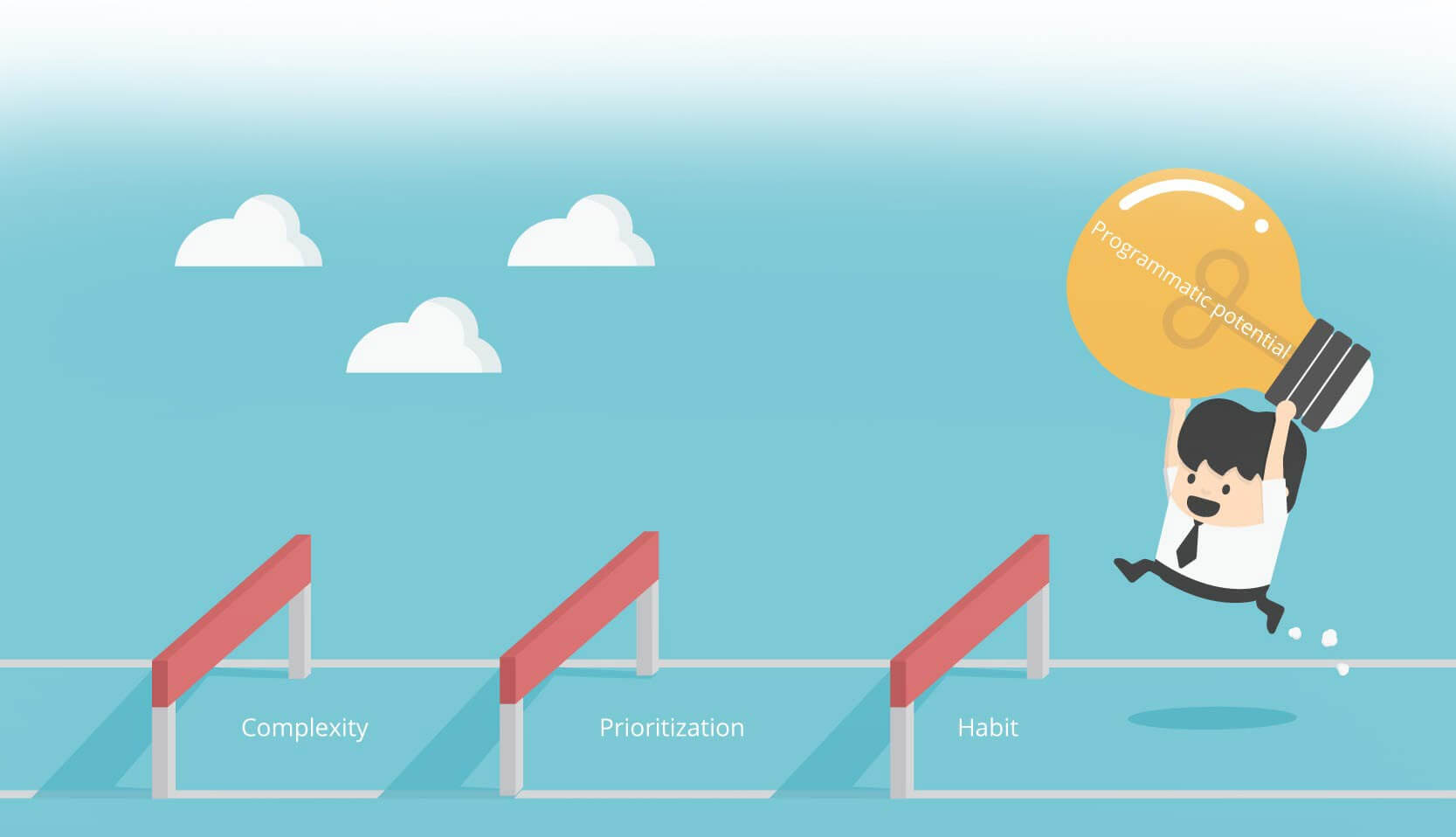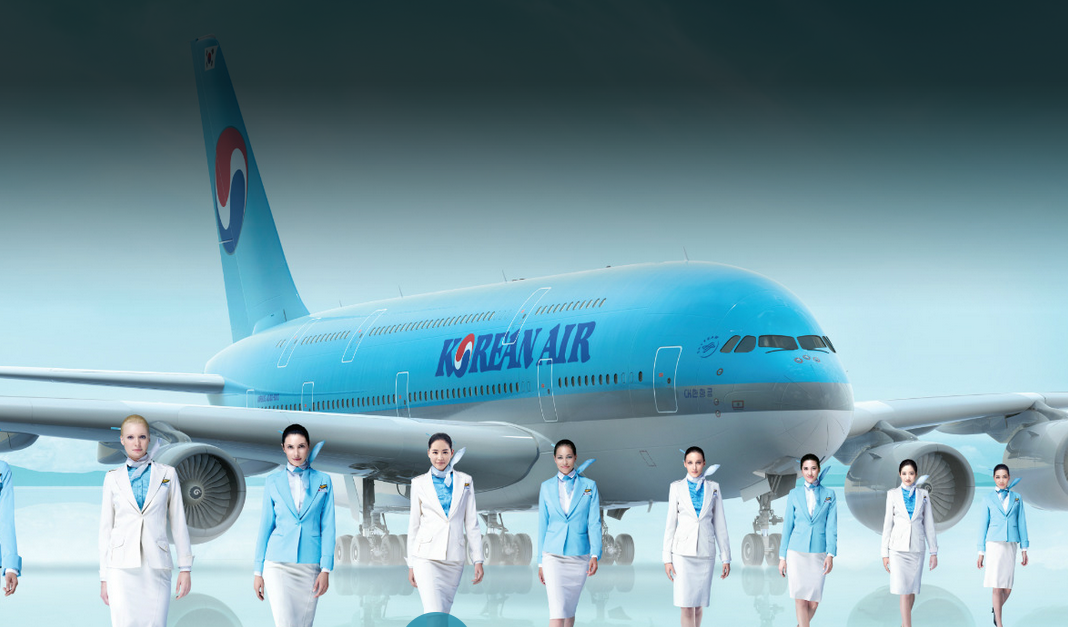A little while ago, I read an article (https://adexchanger.com/data-driven-thinking/creative-and-media-are-talking-but-theyre-missing-the-point/) by Victor Wong, Co-Founder, and CEO at Make Thunder, where he defined some key obstacles standing in the way of programmatic’s true potential to maximize campaign performance. To summarize, Victor wrote that in order to use programmatic targeting to its fullest potential, the internal silos within agencies i.e marketing and creative departments had to improve collaboration on a more granular level.
He wrote that marketers needed to be better at sharing their incredibly nuanced target audience and performance data with creatives. This data would allow the creative teams to turn out more meaningful creative tailored to a more granular audience.
I agree these are valid problems. The question is how to solve them and bring teams closer together to foster this desired collaboration. The key to the solution lies in identifying and understanding the human behavioral roots underpinning these roadblocks so that we can develop strategies to remove them and unlock programmatic’s true potential.
Habit, Prioritization, and Complexity
Having personally worked at an e-commerce company, a digital agency and now at a dynamic creative technology company, I have a unique perspective on these roadblocks, as I’ve dealt with them from both sides. In my experience, there are three recurring obstacles standing in the way of sharing and collaboration between marketing and creative teams. Habit, prioritization, and complexity.
Habit
While there are many reasons for the existence of silos within companies, the effects of working within them for a sustained period of time seem to be universal. Within these silos, change, especially if it involves more effort, is looked upon negatively and found to be disruptive. We are creatures of habit after all, and habits are hard to change.
Consider the creative designer taking on a new project and having to implement creative performance data reports, detailed audience information, and marketers’ opinions before they can even start designing. It’s not a stretch to imagine the introduction of all these new steps would be seen as disruptive to their existing fine tuned routines and deadlines.
On the flip side, consider the person in the marketing role now having to extract this data from various sources and compile it into something meaningful to share. This would surely add stress to their already busy day.
Prioritization
Whether it’s the busy days, comfortable habits, lack of motivation from bosses/ clients, pace of change related to the programmatic space, or all of the above, one of the main roadblocks stifling the collaboration between marketing and creatives is a lack of prioritization. It’s the, “If it’s not broken don’t fix it” mentality.
The majority of employees are generally happy with the status quo; they come in, do their 9-5 and go home. While there are obvious go-getters within organizations, the challenge of keeping up with the pace of change related to new technologies in the programmatic space can be daunting. When this rather steep learning curve is coupled with aggressive day to day deadlines, comfortable habits and lack of motivation, it is understandable that programmatic keeps being pushed aside.
Most of the time the sole urgency and motivation comes from programmatic creative optimization partners because they have a vested interest in showcasing their platforms’ usefulness and benefits.
Complexity
As programmatic marketing evolves so does its complexity. What once started as a relatively simple process of selecting the right audiences and placements now encompasses various targeting parameters like geographic location, weather, time of day/week, 3rd party data; logic segments that show specific ads through various instances of a customer’s journey and creative level insights that specifically show how users interact with the ads. This complexity has evolved much faster than many agencies have had time to fully understand and implement.
Because of this, current campaign reports are still very high level and concentrate mainly on CTR, impression volume, and some generalized attribution models. It is rare to find campaign performance reports that include creative level data that show what part of the ad users click on (CTA button, image, text, logo), what creative versions perform better than others, at what part of the customer journey and what frames from a multi-frame ad have the most clicks. This granular data is highly important as it shows the direct impact of creative and can highly benefit campaign performance.
There is this great opportunity for agencies to positively influence and improve ad performance, but the effort of implementing these new processes make it seem out of reach.
The Solution & Benefits
There is no simple on, off switch to make this change happen immediately, however, it can be done. As a start, movers and shakers in organizations need to start augmenting company culture by communicating the benefits of these processes. By gradually introducing certain aspects, change can begin to happen more naturally and less intrusively. For example:
1. Habit
Introduce periodic creative/marketing meetings for marketers to share useful creative insights to the entire creative team. Over time evolve these meetings into more frequent group, or one on one meetings relative to a specific campaign. Finally, use this gradual change to ultimately change roles and processes.
2. Prioritization
Change people’s compensation plans so that teams have combined goals that tie bonuses to campaign lifts or something similarly aligned. Invite your dynamic creative partners to hold learning seminars for your teams in order to keep your team up to date with emerging technologies.
3. Complexity
Define what you’re good at, and outsource the rest. No one can be an expert at everything. Use a skilled team to help you distill all the data into something meaningful and take the workload off your marketing team.
So what’s the payoff if this succeeds?
1. Improved campaign performance:
2. Deep learning from performance data:
3. Become part of the ad blocking solution:
It’s no mystery that ad blocking has become a large talking point these days. Countless impressions are being lost because people mostly find ads annoying and irrelevant.
The dramatic growth of programmatic display advertising over the last several years is a testament to the value it’s delivering within the industry. However, we’re still only scratching the surface. Unlocking programmatic’s true potential requires a commitment to changing behavior, processes and most importantly, attitudes. As advertising technology evolves, it’s practitioners need to evolve with it. Fortunately, this is not without precedent. Advertising legend Bill Bernbach famously changed the industry back in the late 1950s by combining DDB’s once separate copywriters and art directors into two-person teams forcing them to collaborate. The result was some of the most memorable and iconic advertising of that era as well as a fundamental shift in the structures of marketing agencies that can be seen even today. Programmatic represents the dawn of a new era in advertising, but it will require organizational change to help it mature and reach its full potential.






